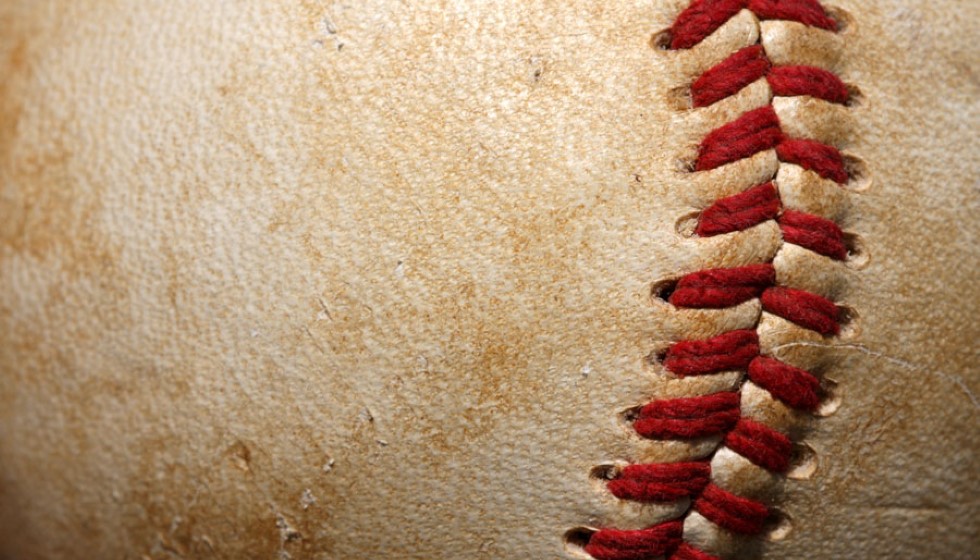
Every January, fans and analysts alike turn their attention to the ranking of minor-league prospects, eager for a glimpse into the future of Major League Baseball. These rankings are more than mere lists; they are comprehensive evaluations that shape anticipation around each major league organization’s potential talent pool for the 2025 rookie eligibility season.
Inside the Rankings Process
The journey to compile these rankings is an intricate process that encompasses detailed discussions with scouts, analysts, player development specialists, and a host of other evaluators. The result is a blend of firsthand evaluations, statistical analysis, and historical insights. Importantly, while these rankings are rigorously compiled, they remain subjective opinions, offering no guarantees of future performance on the baseball field.
The Young Talents to Watch
Among the top-rank prospects is Jasson Domínguez, who comes in at No. 21 in the list of top 25 prospects. Known for his power and speed, Domínguez shows exceptional ability particularly when facing right-handed pitchers, presenting a formidable challenge when batting from the left side of the plate. His positioning in the rankings is indicative of the kind of impact he is expected to make as he progresses within the sport.
Another player that draws significant attention is George Lombard Jr., a first-round pick by New York in 2023. Lombard is recognized as a well-rounded infield prospect, with a skillset versatile enough to potentially secure his spot at shortstop. Over 123 games, Lombard has managed to hit five home runs, showing flashes of his capacity to translate potential into performance on the field. Fans might anticipate his debut in the major leagues as soon as the summer of 2027.
Challenges and Prospects
Roderick Arias is another name that surfaces during these rankings discussions, having already garnered significant attention with a $4 million signing bonus. Recently, Arias expanded his experience outside the complex league by spending time in Tampa. While he exhibits challenges with strike zone discipline, especially against breaking balls, his powerful performance from the left side of the plate signals a promising trajectory. Arias might make his MLB entrance as late as the summer of 2028.
These rankings not only highlight individual players but also ignite excitement among fans, fueling discussions and tempering expectations during the baseball offseason. While these young talents provide a focal point for hope and speculation, it remains important to remember that these assessments, irrespective of their depth and rigor, remain speculative insights rather than prophetic assertions.
The rankings represent a snapshot of a complex and evolving landscape in minor-league baseball, where potential and performance must continuously be evaluated. As these prospects mature and refine their craft, the reality of their careers will undoubtedly unfold in varied and unexpected ways. Nonetheless, one can be certain that as January arrives each year, the scrutiny and excitement around these minor-league rankings will persist, captivating an audience eager to envision the next generation of baseball stars.